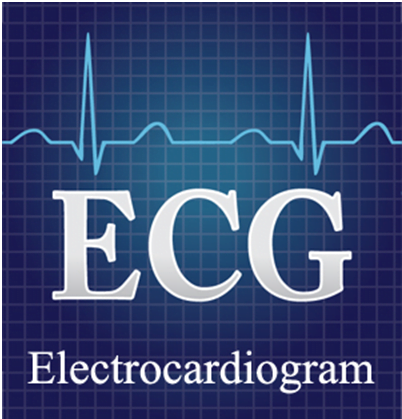
Introduction:
ECG full form: Few tools in the field of medical diagnosis are as important and ubiquitous as the Electrocardiogram. Many people are unaware of the complexities of this vital medical test, despite its widespread use. We embark on an adventure to demystify the ECG. We will explore its importance, the science behind the test, and its valuable role in healthcare.
What is ECG?
ECG is a non-invasive diagnostic tool that measures the electrical activity in the heart. The ECG records the heart’s electrical impulses and rhythm, giving vital insights into cardiac health. Healthcare professionals can diagnose cardiac conditions and detect abnormalities by measuring electrical signals from the heart.
Understanding the Science: Each heartbeat is orchestrated by a series of carefully synchronized electrical impulses. Electrodes are placed on the skin to capture these electrical signals. These electrodes are usually located on the chest, the arms and the legs. The ECG graph shows distinct waveforms as the heart relaxes and contracts, representing each phase of the cardiac cycle.
The ECG consists of the following components:
P Wave: Signals the contraction of atria, indicating atrial depolarization.
QRS complex: This complex reflects ventricular depolarization and indicates the contraction of ventricles.
T Wave: Marks the ventricular repolarization phase, which is the electrical recovery phase.
ECG can be used in a variety of medical settings.
ECG can help diagnose irregular heart rhythms, such as bradycardia and tachycardia.
ECG is a good tool for assessing ischemic heart disease. It can show signs of inadequate blood flow to the muscles of the heart, which may indicate conditions such as myocardial ischemia (heart attacks).
Monitoring Cardiac Feature: ECG monitoring is used to track the effectiveness of cardiac medication, assess pacemaker function and evaluate overall heart health.
Challenges and advances: Traditional ECG is still a cornerstone in cardiac diagnosis, but ongoing improvements continue to improve its capabilities. Wearable ECG monitors and mobile applications that use artificial intelligence are revolutionizing the way we view and use ECG technology. These innovations promise greater accuracy, convenience and accessibility in detecting cardiac anomalies, especially in remote or resource limited settings.
Conclusion:
The Electrocardiogram’s ability to capture heartbeat electrical symphony is a testament to the medical innovation and ingenuity. The ECG is a vital tool that guides healthcare professionals to safeguard cardiac health and save lives. Let us embrace the ECG’s profound impact on modern medicine, and its unwavering commitment towards human well-being as we unravel the mysteries surrounding the heart.